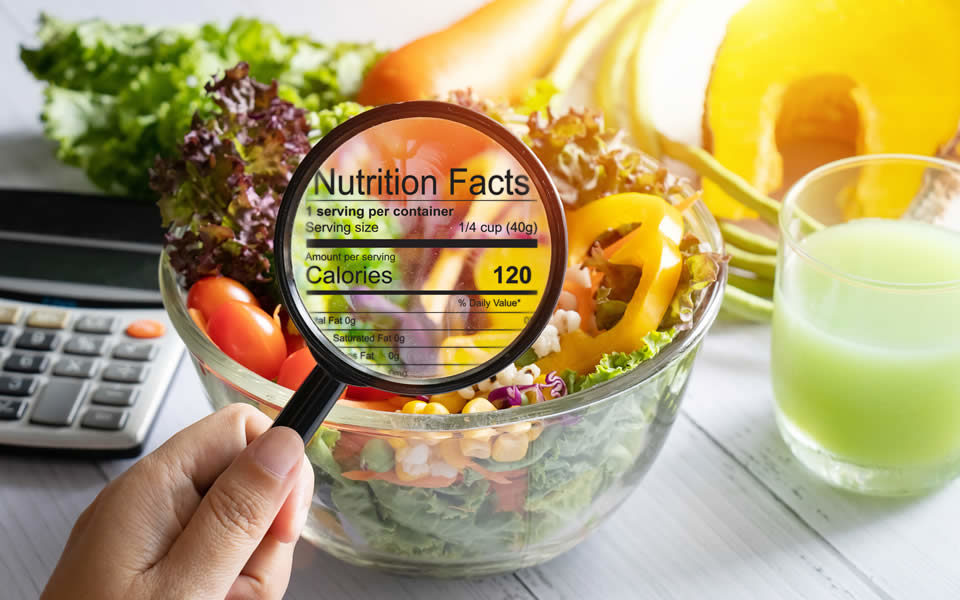What’s Not on the Label: The Trend of Clean Labels
By Dustin L. Kalman, Senior Accountant, Tax & Business Services
“Whole-wheat flour, water, vital wheat gluten, yeast, sugar. Contains less than 2% of: molasses, soybean oil, salt, raisin juice concentrate, sodium stearoyl lactylate, calcium propionate (preservative), calcium sulfate, ammonium sulfate, ascorbic acid, enzymes.”
Those ingredients sure sound like the makings of an unhealthy processed snack, but they are actually from a loaf of whole wheat bread.
Think about the last time you went grocery shopping. Did you look at the label when you were deciding on a product? Consumer confusion over scientific terms, along with a desire to eat healthier, or “clean,” brought the clean label movement to the forefront. Since then, “clean labeling” has been widely adopted by the food industry, scientists, and even regulators.
In the past, consumers simply looked for labels stating an item was fat free, sugar free, or low calorie. More recently, gluten-free, organic, protein-rich, and other labels became popular. Now the clean labeling trend focuses more on what is not on the label – for example, whether the food is locally sourced or fair trade, and whether it contains artificial colors, flavors, or sweeteners.
Companies like Campbell’s and Kellogg’s have pledged to remove artificial colors, flavors, and sweeteners in response to the clean eating and clean labeling movement. But clean labeling does not stop at grocery store shelves: Panera Bread is one of the restaurants at the forefront of the movement. Panera removed all artificial colors, flavors, and sweeteners from its products by 2016. Panera even publishes and regularly updates its list of prohibited ingredients.
The COVID-19 pandemic has only increased the focus on clean labeling as consumers worry more about bacteria, viruses, and chemicals that could be lurking in or on the products they purchase. The shift toward home cooking during lockdowns allowed people to incorporate more fresh produce and ingredients in their meals. This newfound attention to ingredients is likely to translate to restaurant choices as well.
The clean eating and clean labeling movement represents increased transparency between food producers and consumers. Organizations such as the Clean Label Project (www.cleanlabelproject.org) support the industry and consumers by recognizing brands that emphasize product purity beyond the minimum FDA regulations. This push for transparency also represents an opportunity for food producers to differentiate their products and gain a competitive advantage.





























